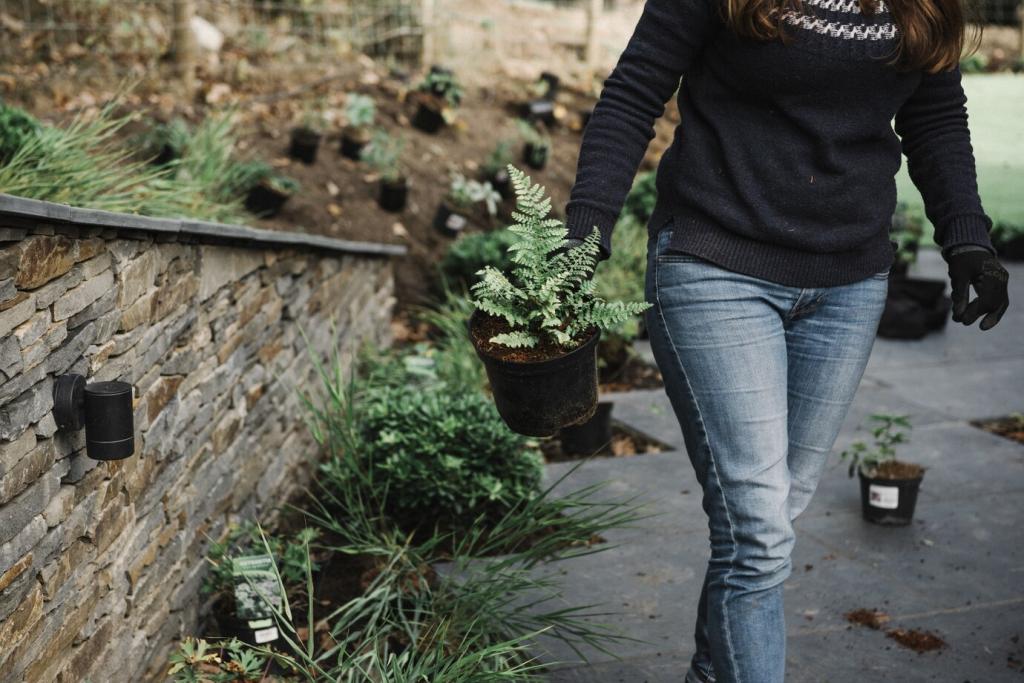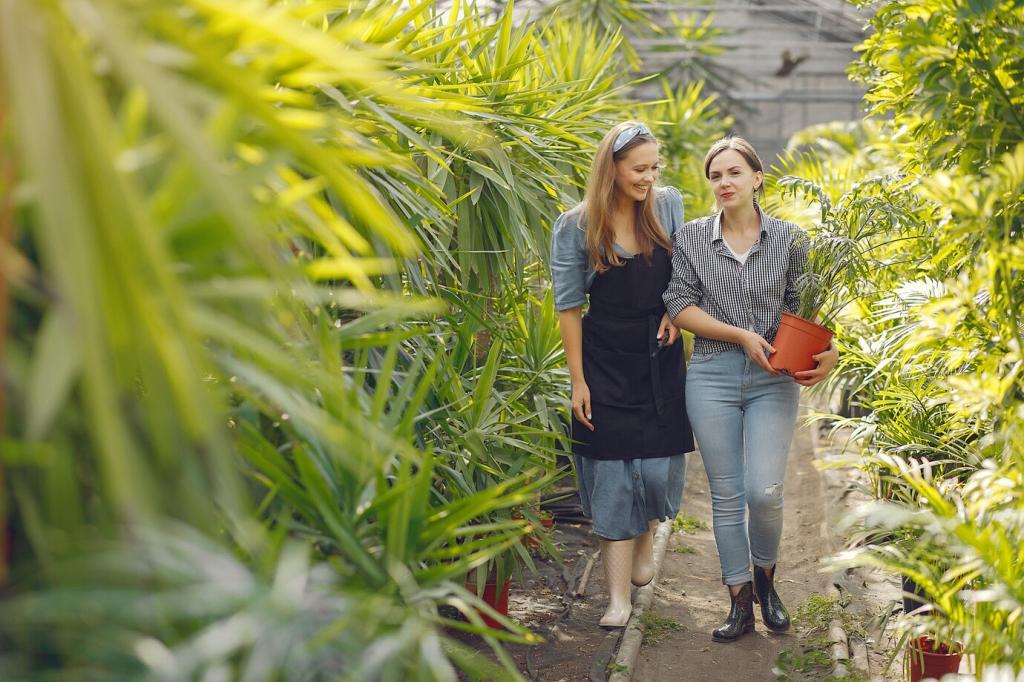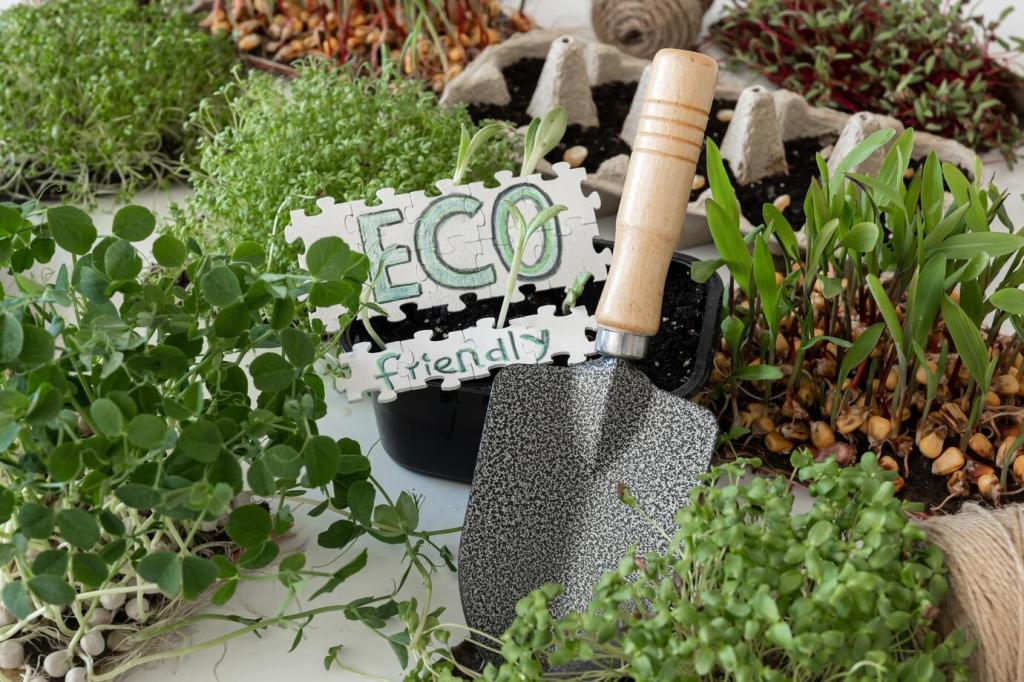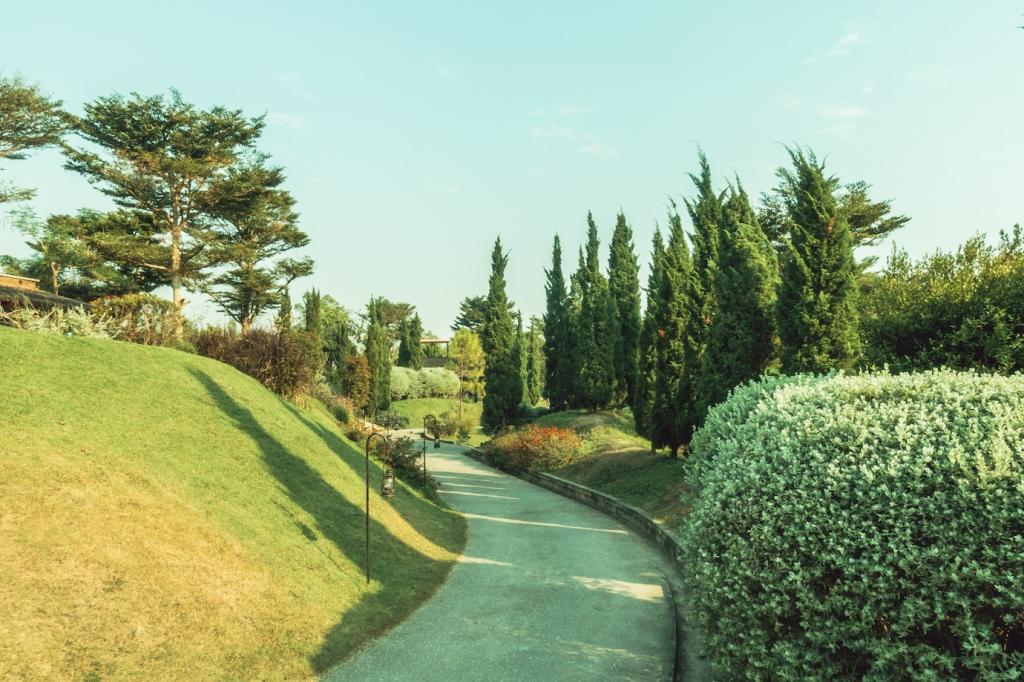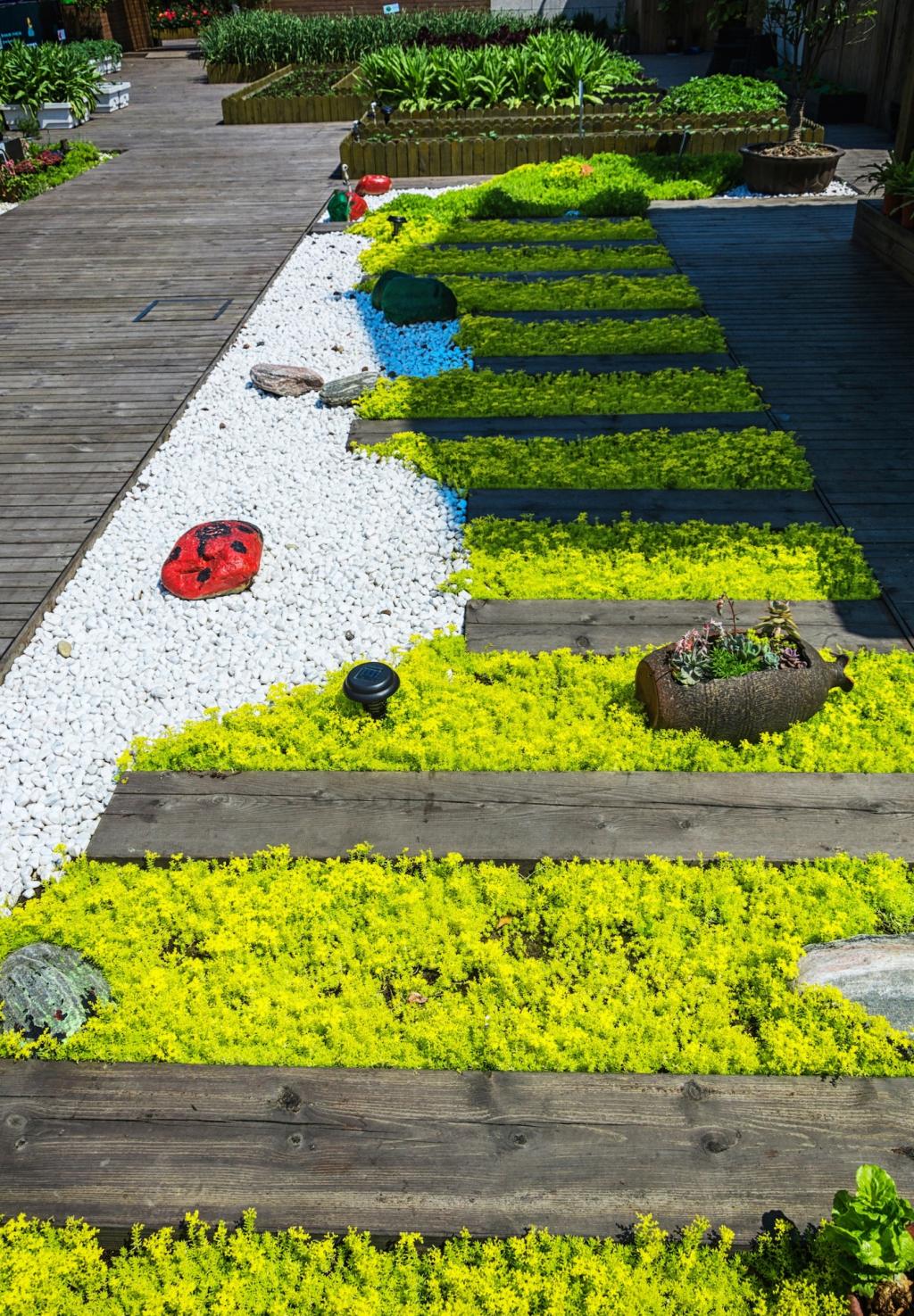Why Rainwater Harvesting Belongs in Your Landscape
Every storm sends water rushing off roofs and patios, often carrying nutrients and pollutants away from your soil. Rainwater harvesting slows, spreads, and sinks that flow, transforming runoff into irrigation, resilience, and a reliable supply during dry spells.
Why Rainwater Harvesting Belongs in Your Landscape
When rain infiltrates instead of escaping, soil organisms thrive, compaction eases, and roots explore deeper layers. Native plants respond with stronger growth, pollinators return, and your landscape becomes a small, vibrant sanctuary that moderates heat and supports local wildlife.

